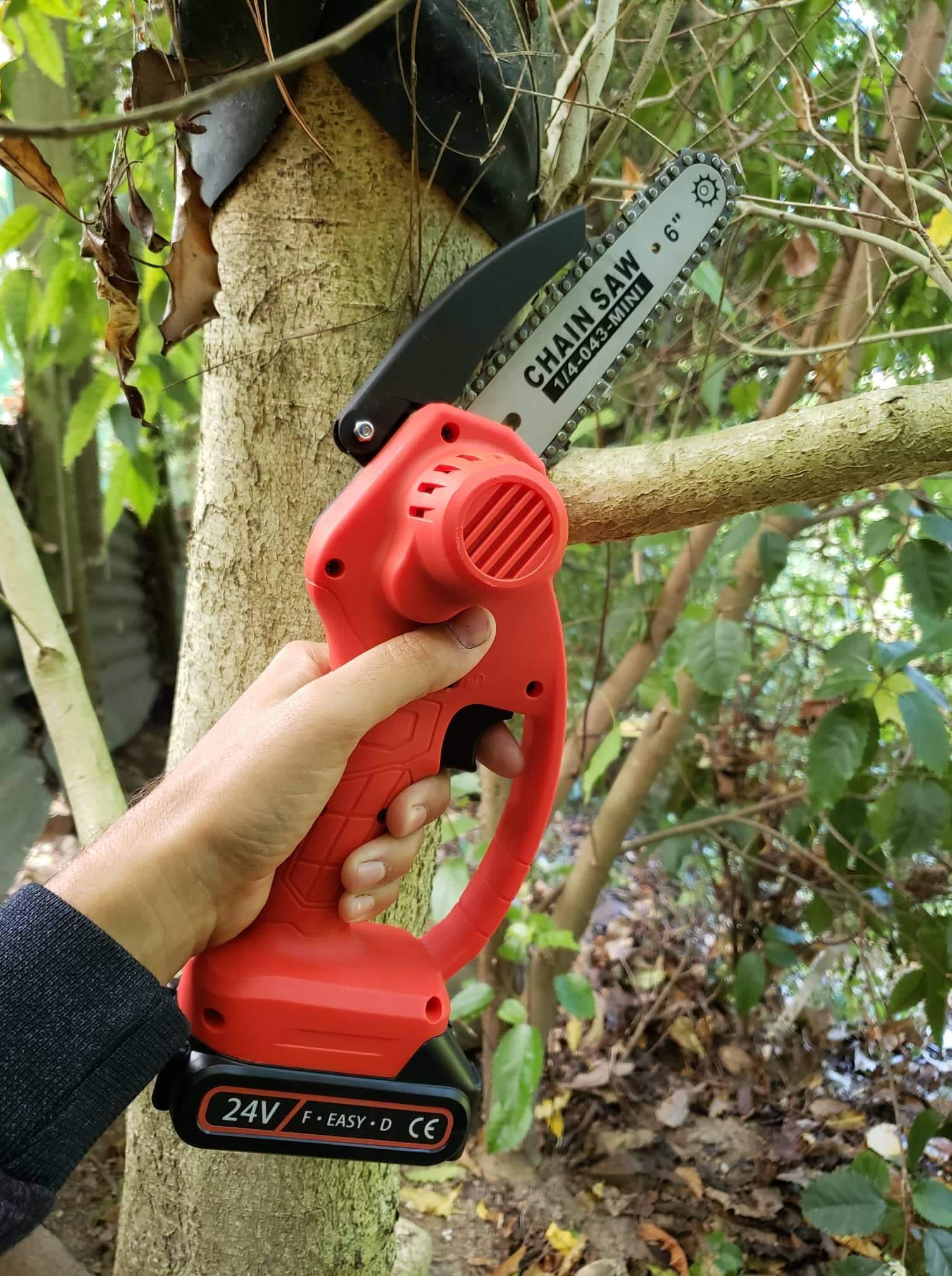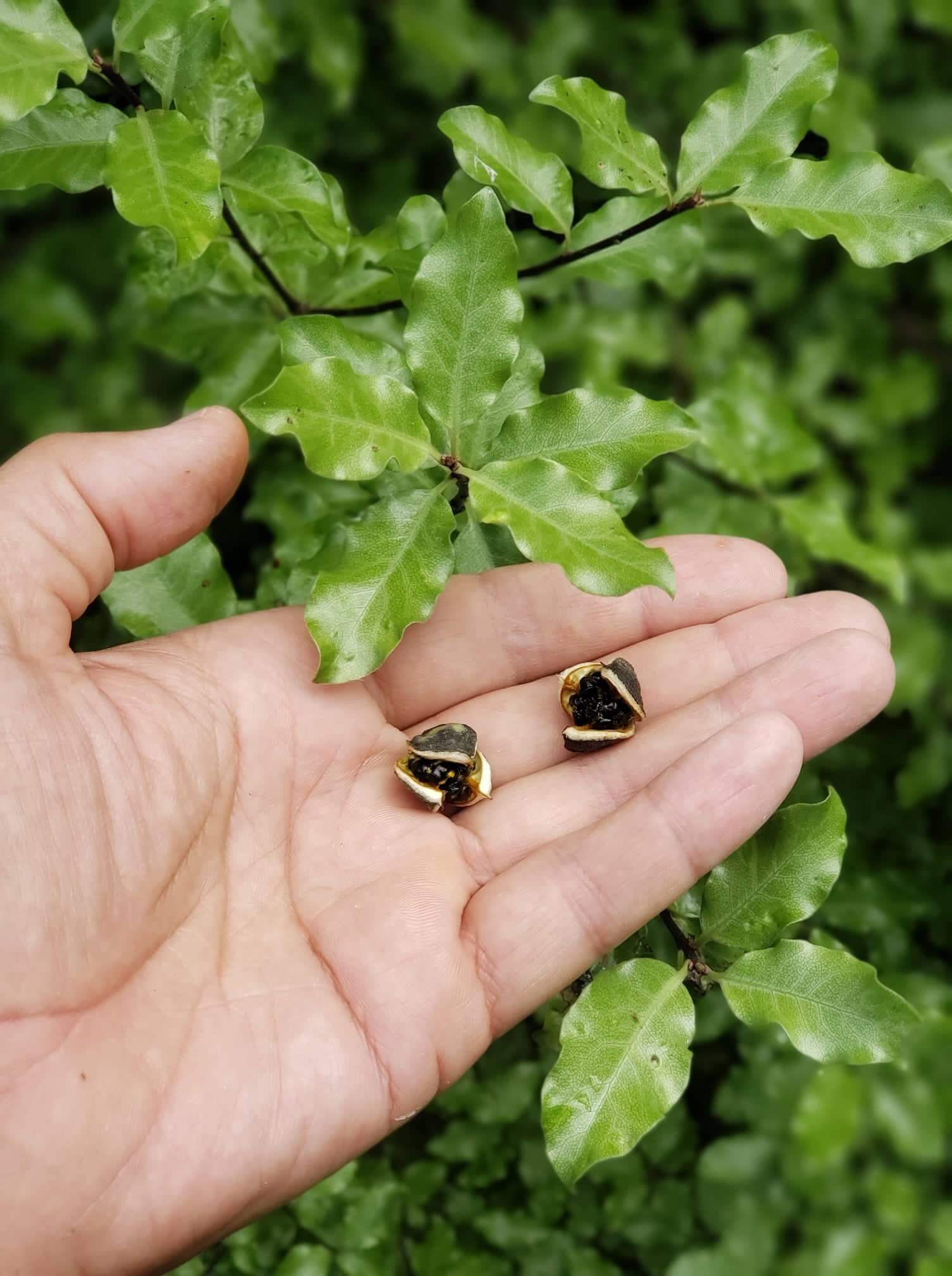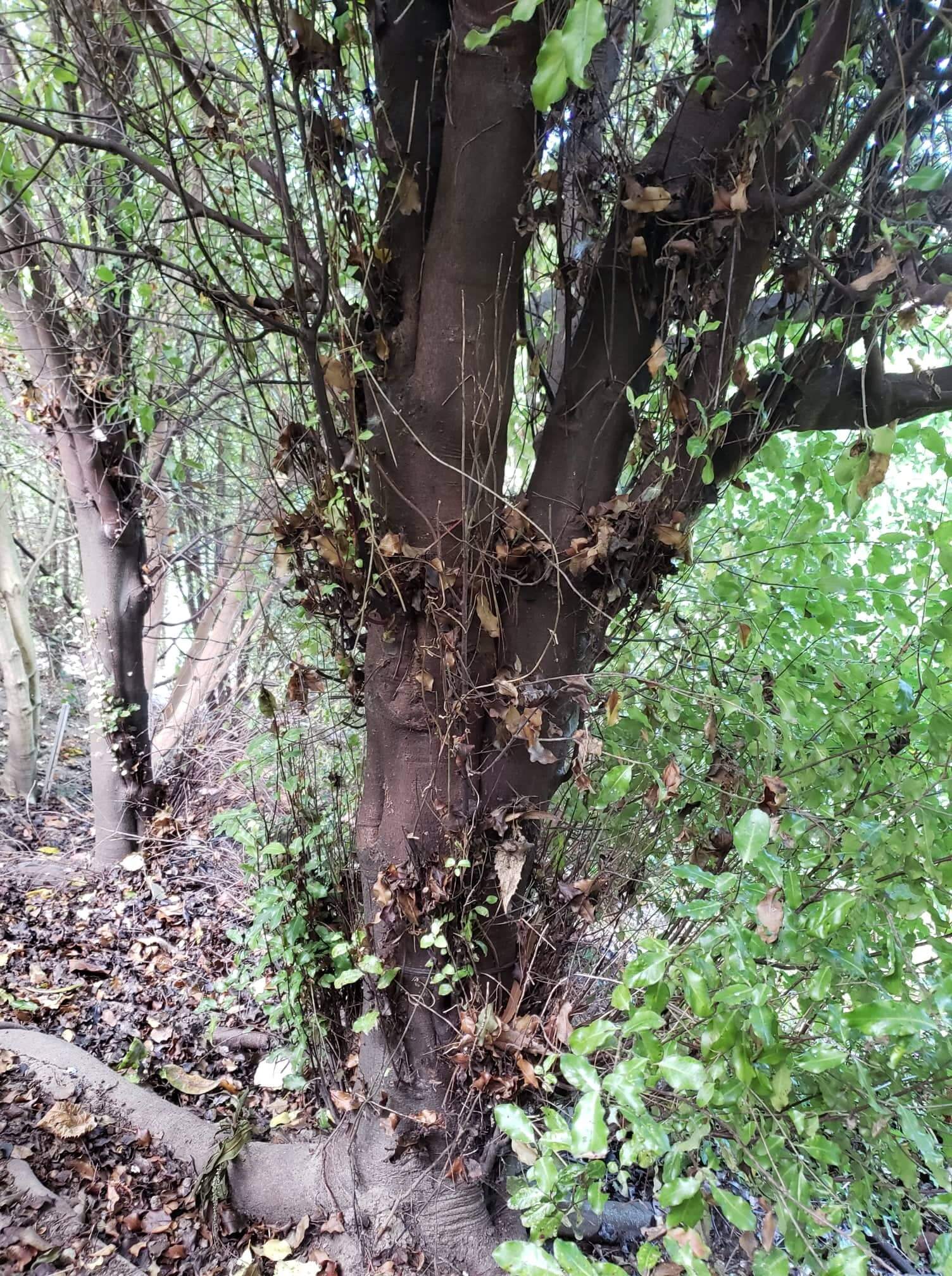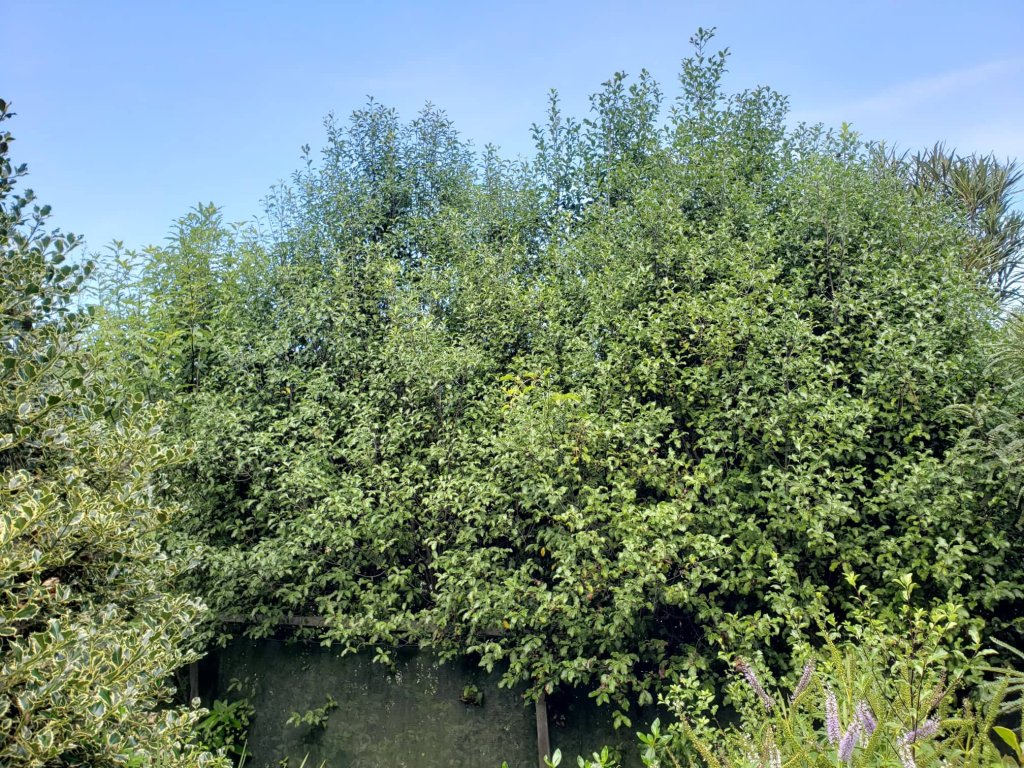Pittosporum tenuifolium is a small tree variety that originated in New Zealand but can now be found around the world.
It self-seeds very easily so once you have a couple, you’re bound to start finding them all over your property.
They are commonly used to form hedges and can be pruned up to 3 times a year during cooler periods like autumn, spring, and early summer.
However, if left to its own devices, this variety of Pittosporum can grow very large, even up to 30 feet tall (10+ meters).
This is what you need to know about caring for and pruning this popular and versatile tree.
Planting Pittosporum Tenuifolium

We have a Pittosporum forest on our property which we planted to help hold up a steep hillside.
They form very strong root systems that are excellent for this purpose, and their trunks can be over a foot thick when mature.
Pittosporum trees prefer a lot of sun, but you will find many healthy examples growing happily in the shade as well.
They are very hardy, and once established they require very little care beyond pruning and shaping them as you desire.
We have our trees planted 10 or 12 feet apart in order for them to grow tall and large, but for hedging purposes, they can be planted much closer together.
When planting out a Pittosporum hedge, they should be placed 1 meter apart to grow into a thick full screen.
They transplant well but will require watering each day for the first month.
Pruning And Trimming Pittosporum

Pruning a Pittosporum tree is different from pruning a hedge.
We have created a network of tunnels under our Pittosporum for our children to play and have adventures in.
This required pruning off all of the lower branches for them to slip past. These branches could be over an inch thick.
Manual pruning shears are generally not powerful enough for this type of job, and rather than use a manual saw, I use one of the best mini chainsaws.
These tools make pruning incredibly fast and easy, and they can leave a tidy cut as well.
Mature, fully grown Pittosporum with thick branches don’t mind this kind of treatment at all, and these small chainsaws have been very handy.
Alternatively, when pruning a Pittosporum hedge, regular gas or battery-powered trimmer is perfect. Simply trim the hedge to your preferred height at any time of the year other than summer, and it will bounce back and fill out quickly.
It’s different from pruning a Japanese Maple, but not all that different from pruning any other type of hedge.
Pittosporum Seeds

Pittosporum are often referred to as the trees with crinkly leaves and sticky seeds.
The seeds form in pods which then open up to be released.
The seeds and the inside of the pods are very sticky and can be transported on the fur and feathers of animals and birds.
The sticky gum around the seeds is called mucilage which prevents them from falling out of the casing until the time is right.
We find these trees coming up everywhere, even in areas that have no trees nearby, so the birds seem to be doing their job.
We often pot up self-seeded Pittosporum and give them away to friends as they want them.
They do transplant very well into pots, even when up to 4 feet tall, and then into their new environment as well.
They grow very quickly, up to 3 or 4 feet per year. It’s best to start a hedge with larger plants to cut down on the waiting time, but once they’re in they’ll bush out quickly.
Pittosporum Care

Once they have settled into their environment, Pittosporum trees do not need any care if you are happy with them.
Pruning and shaping can be done, be it’s not something you have to do.
If you are pruning a Pittosporum hedge 2 or 3 times a year, it is a good idea to give it an all-purpose slow-release fertilizer for shrubs.
Pruning a tree diminishes its ability to draw in nutrients from the sun, so you need to take some steps to mitigate that effect.
Because we do not prune our trees (beyond those lower branches with the mini chainsaw) we have never given them any care, and they are still very healthy.
We do not need to water them as they send their roots deep, they get plenty of nutrients through organic matter that is naturally on the ground, and they get plenty of sun.
Overall, Pittosporum are very easy trees to plant, grow, and maintain and I can recommend them to anyone wanting to create a screen, hold up a steep bank, or simply to have a good tree you can shape.

